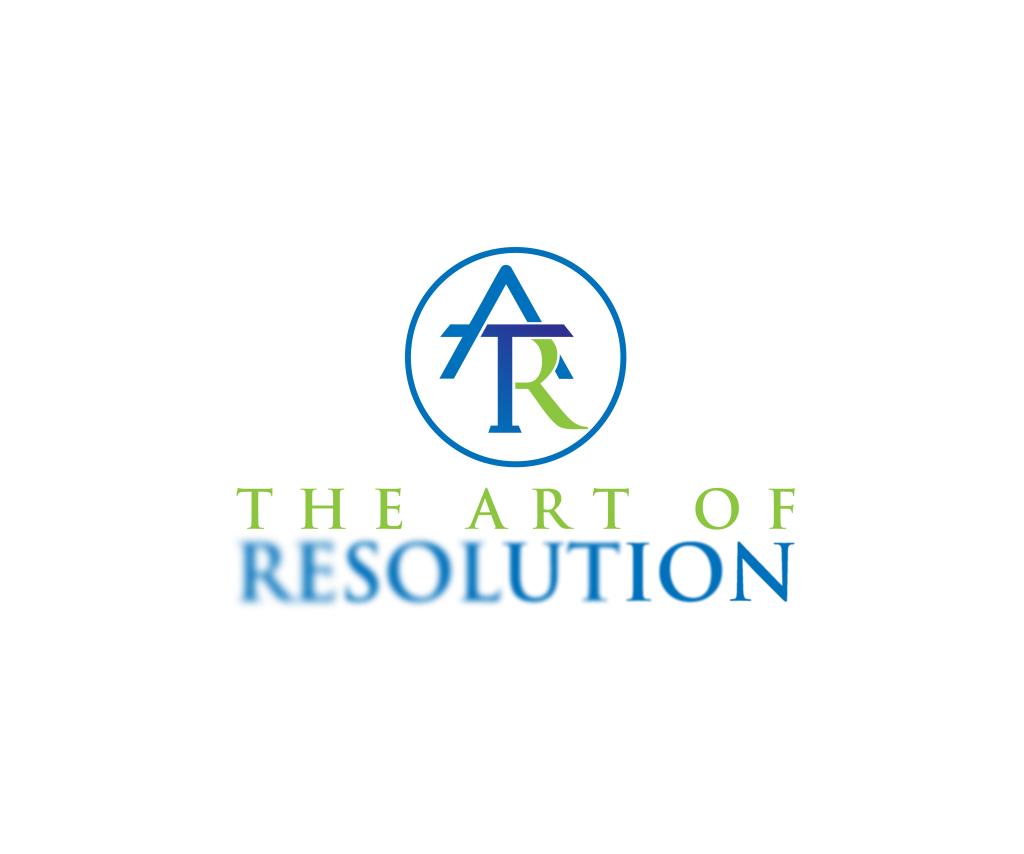The federal courts’ policymaking body, the Judicial Conference of the United States, has just kicked off a pilot program in selected district courts to livestream the audio of certain court proceedings. Despite the concern expressed by some that a wider public audience will encourage grandstanding, I’m convinced more access means better advocacy.
To understand why, we can consider Jarndynce v. Jarndyce, the fictional legal dispute from Bleak House, whose length is legendary. As Dickens memorably expresses, the lawyers simply drift in and out of the courtroom, going through procedural motions and arguing about inconsequentials, without any recollection of what began the case in the first place:
Jarndyce and Jarndyce drones on. This scarecrow of a suit has, in course of time, become so complicated that no man alive knows what it means. The parties to it understand it least, but it has been observed that no two Chancery lawyers can talk about it for five minutes without coming to a total disagreement as to all the premises. Innumerable children have been born into the cause; innumerable young people have married into it; innumerable old people have died out of it. Scores of persons have deliriously found themselves made parties in Jarndyce and Jarndyce without knowing how or why; whole families have inherited legendary hatreds with the suit. The little plaintiff or defendant who was promised a new rocking-horse when Jarndyce and Jarndyce should be settled has grown up, possessed himself of a real horse, and trotted away into the other world. Fair wards of court have faded into mothers and grandmothers; a long procession of Chancellors has come in and gone out; the legion of bills in the suit have been transformed into mere bills of mortality; there are not three Jarndyces left upon the earth perhaps since old Tom Jarndyce in despair blew his brains out at a coffee-house in Chancery Lane; but Jarndyce and Jarndyce still drags its dreary length before the court, perennially hopeless.
An exaggeration, to be sure, but in some ways, it is not far off the mark in describing the ways in which civil litigation can veer off course without active guidance and oversight. It also captures that the theory of public access is sometimes lost in the reality of proceedings conducted only for the participants.
I certainly don’t want us to give up Netflix, but there was a time, before the incredible deluge of entertainment media, that the level of public interest in general judicial proceedings was pretty high. Members of the public would be aware of what was going on at the local courthouse and would stop in to observe lawyers they knew or whatever trials were taking place. I see a correlation between that custom and what was more of a widespread focus on the craft of advocacy; practitioners knew that they had an audience of more than their judge, and were thus more mindful of the element of performance in their arguments. The judge similarly knew that the community would be observing her courtroom’s level of decorum, and her fairness and preparation.
Accessible live streaming, which state-level courts have already been implementing, recreates a more open public forum. Among the benefits I see in such public access are raising the level of care and attention that lawyers put into crafting their argument, a means of training newer lawyers, and more widespread general public understanding of the work of the courts. On this latter point, 2020 has borne out the active check-and-balance role that our third branch plays in the federal system, and maintaining public confidence in our judges’ work helps sustain the bench.
The criticism that live stream promotes unnecessary theatrics seems overstated. A high-profile matter will always garner media attention. Particularly with the advent of twenty-four hour news, and the sensationalism of the “gavel to gavel” coverage that Court TV inaugurated in the 1990s, there have been lawyers playing to the cameras as much as to the decisionmaker. In those instances, our judges already have the tools they need when counsel move beyond necessary advocacy, and certainly, where the effort seems designed to influence the jury pool.
I’m writing more about the day-to-day work of the courts, especially those disputes that — because of important issues raised and not their salacious details — should be of more public interest. We are not well-served when the only observers to our civil disputes are other lawyers waiting for their matters to be called and when every hearing transcript is filed away, with the underlying events lost obscurity. Plus, who knows what historical benefit and additional context will be provided by recordings as opposed to only a paper or digital print record?
Right now, there are some limitations to the format. The streaming is live only, and not available after the fact. The court needs to approve, of course, with all parties consenting. And disappointingly, trials are not included in the project for now.
But I do appreciate this type of innovation from the Conference. Hopefully, as the live stream system is refined and feedback received, the Conference will encourage an expansion of scope. Thirteen district courts will begin the project, including the Northern District of Georgia, streaming audio from selected hearings on YouTube. Here’s an example, from an election-related case heard earlier in month.
As this is a holiday week, I also want to wish everyone Happy Holidays! To close with more Dickens, I hope you can experience the kind of effusive cheer that led one reformed humbug to exclaim, “A merry Christmas to everybody! A happy New Year to all the world! Hallo here! Whoop! Hallo!”
